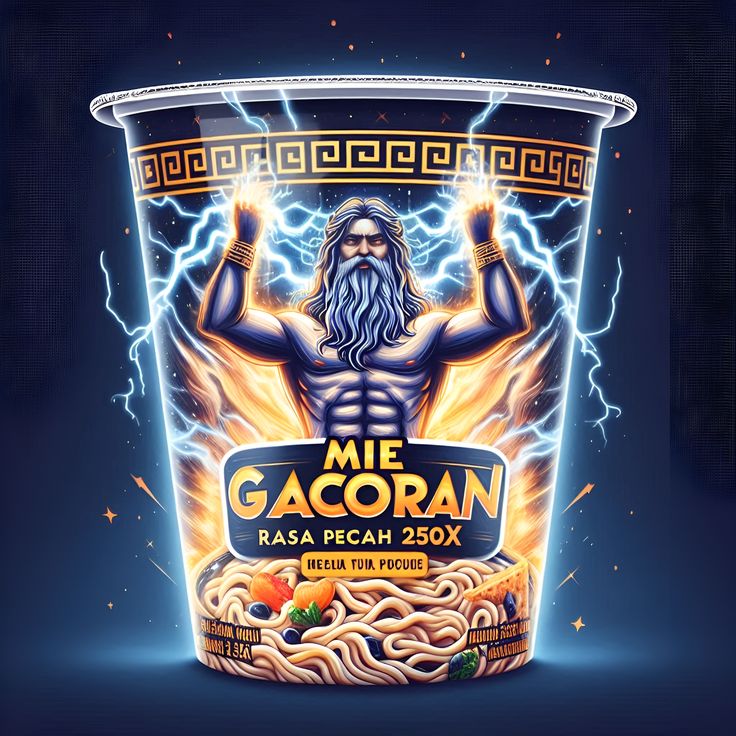889K Orang Telah Merasakan Jackpot Dalam 24 Jam Terakhir!
Price:Rp 88,000
OMBAK126:Akses Toto Slot Gacor Resmi & Agen Toto Togel 4D Terbaik Akhir Tahun
OMBAK126 adalah salah satu platform yang sudah bergerak sejak lama yang menyediakan akses terbaik tanpa ada delay menuju permainan toto slot gacor dan toto togel 4D terbaik.
Star Seller
Star Sellers have an outstanding track record for providing a great customer experience – they consistently earned 5-star reviews, dispatched orders on time, and replied quickly to any messages they received.
Star Seller. This seller consistently earned 5-star reviews, dispatched on time, and replied quickly to any messages they received.



